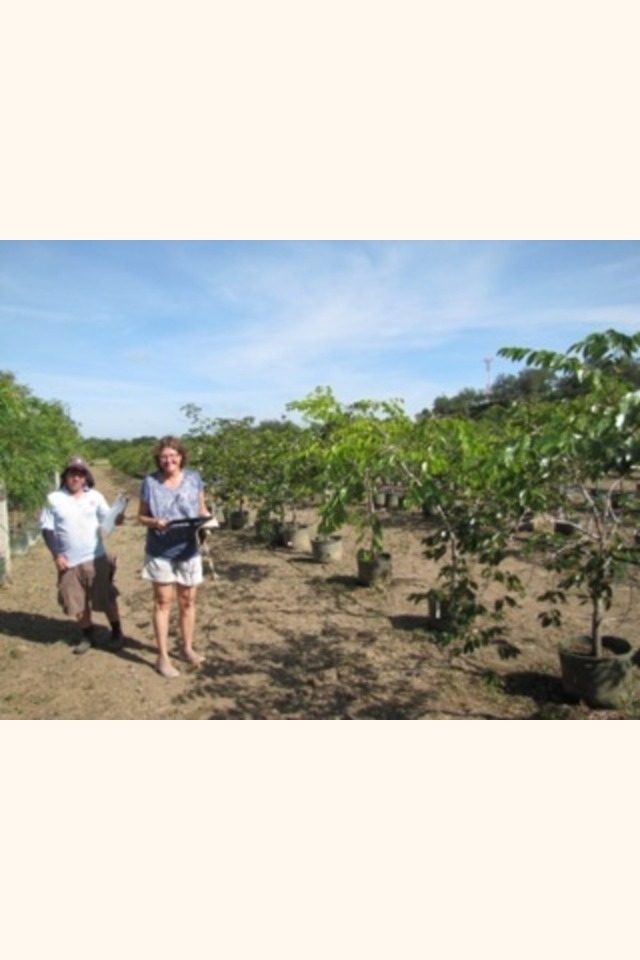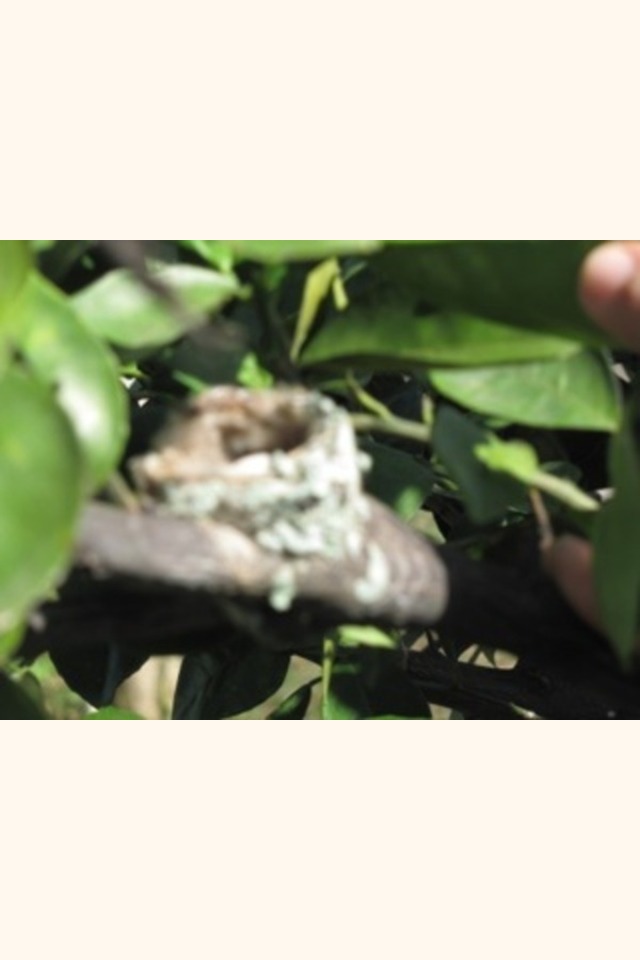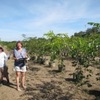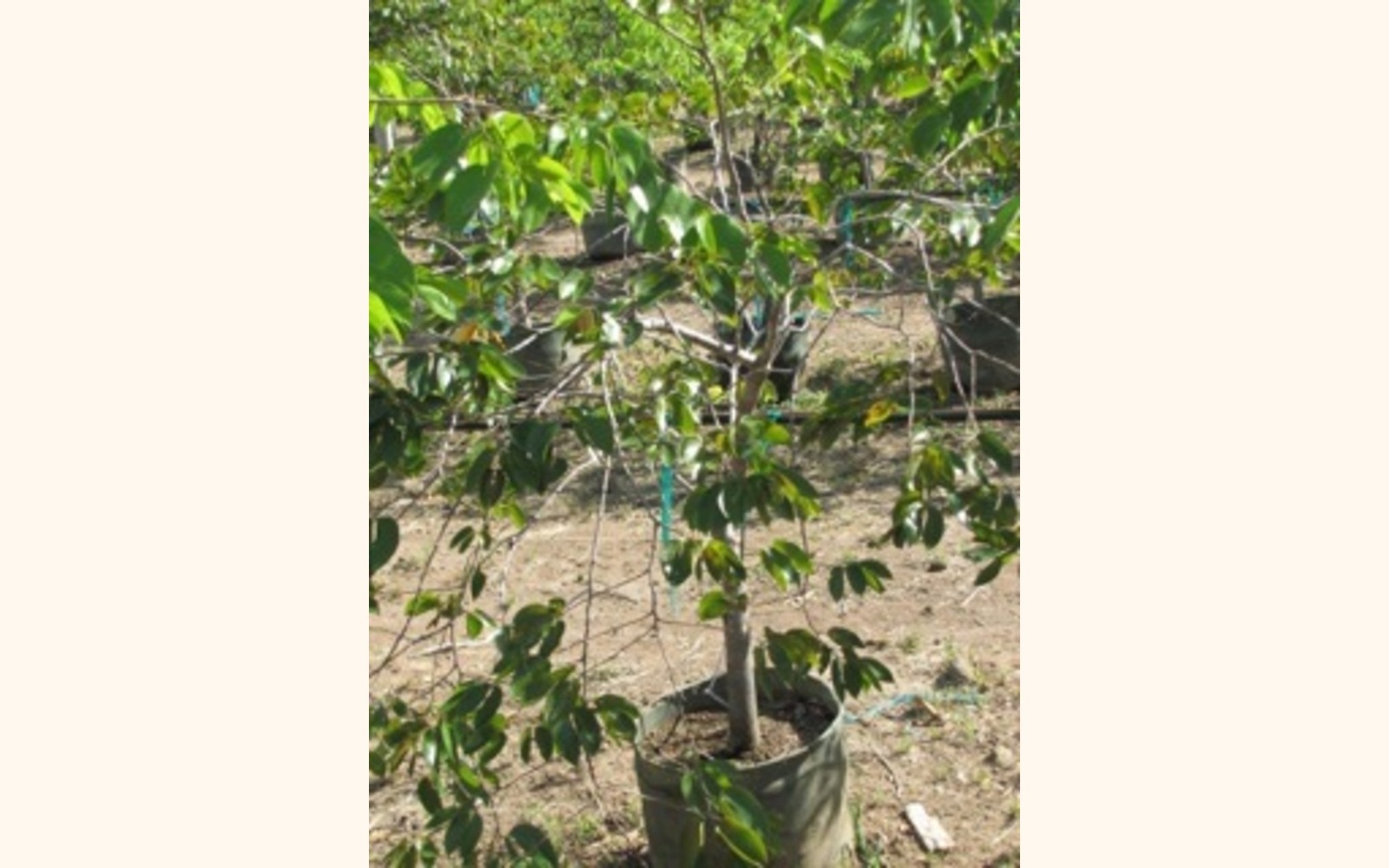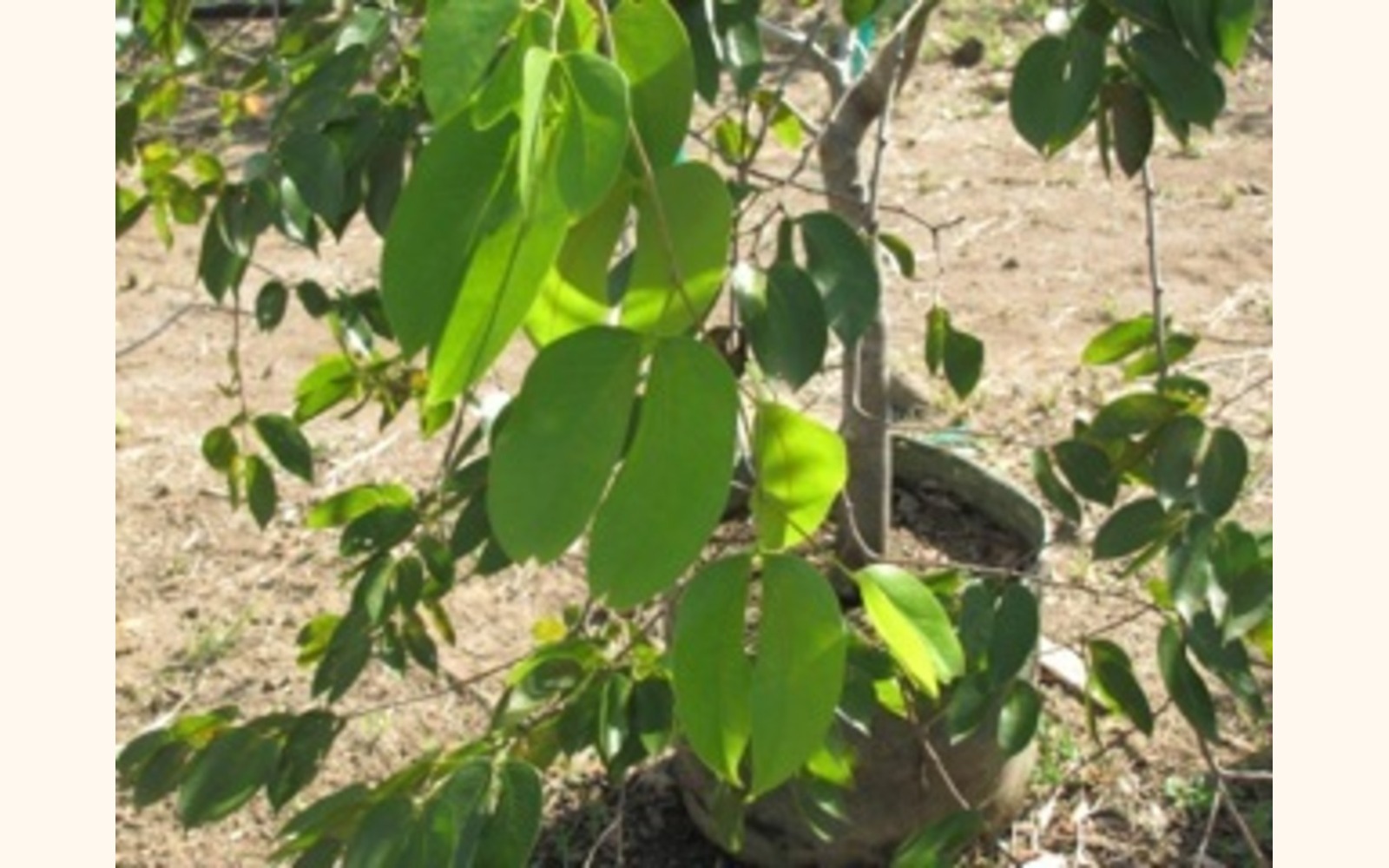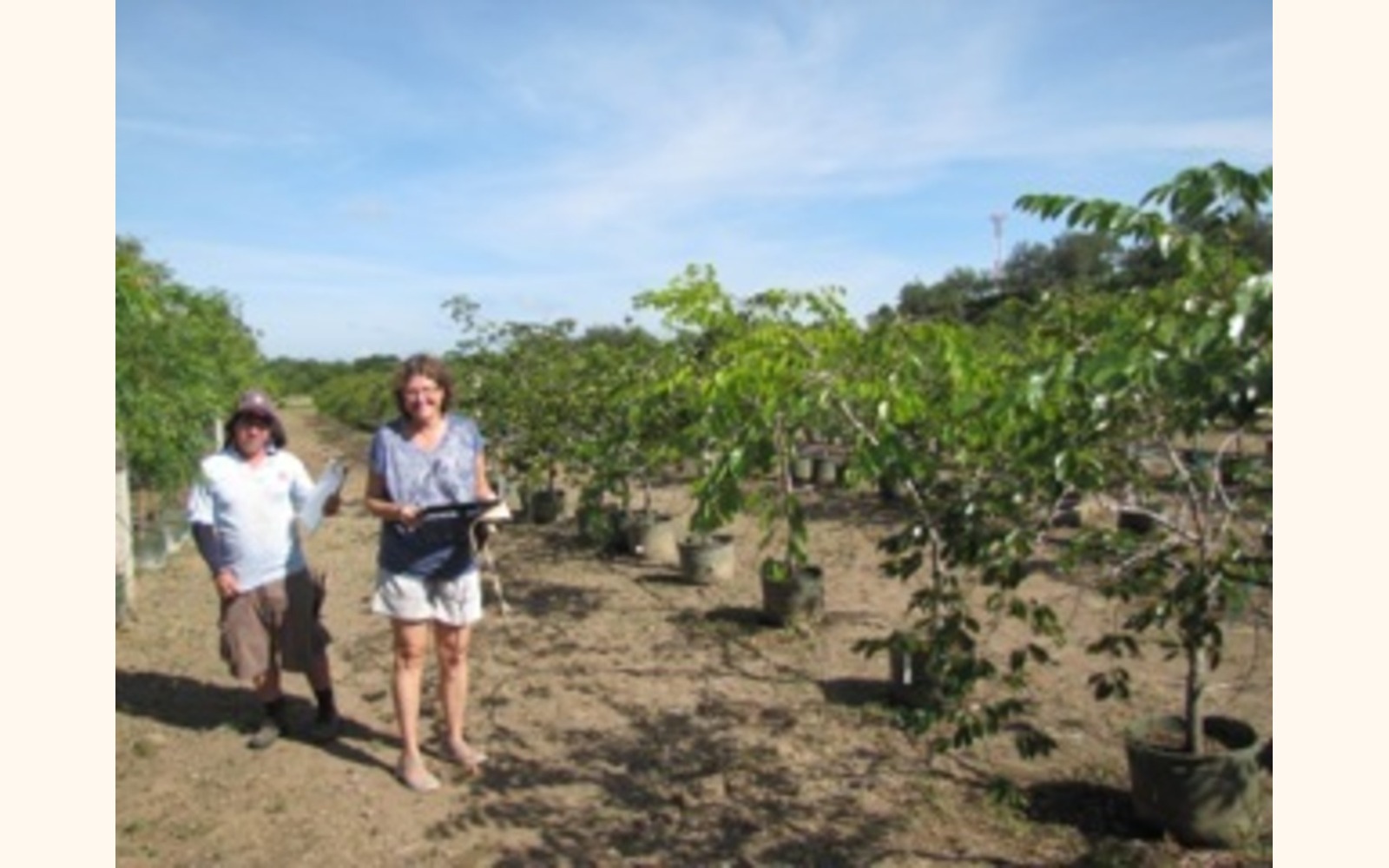
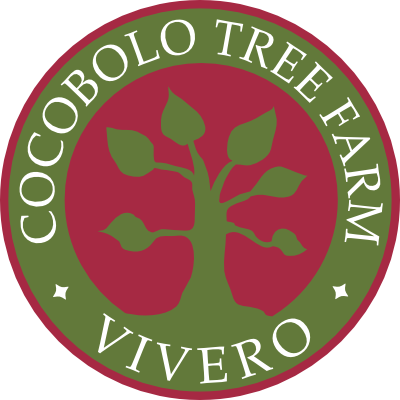
Plants > Ornamental & Shade Trees > West Indian Locust, Stinking toe
West Indian Locust, Stinking toe , Guapinol
Although Jatobá is sometimes referred to as Brazilian cherry or South American cherry, it is not a cherry tree but a legume belonging to the Fabaceaefamily. Depending on the locale, Jatobá is also known as Brazilian copal, South American locust, or the West Indian locust. It is also known asstinking toe, old man's toe or stinktoe[1] because of the unpleasant odor of the edible pulp inside its seed pods.[2][3]
Animé[edit]
Jatobá produces an orange, resinous, sticky gum called animé, identical with the French word for animated, in reference to its insect-infested natural state. The production of the gum can be encouraged by wounds in the bark, and the resin will collect between the principal roots.[4][5]
This gum is soft and sticky. Its specific gravity varies from 1.054 to 1.057. It melts readily over fire, and softens even with the heat of the mouth. It diffuses white fumes and a very pleasant odor. Insects are generally entrapped in large numbers. It is insoluble in water, and nearly so in cold alcohol. It is allied to copal in its nature and appearance, and a copal from Zanzibar is sometimes given this name. It can be obtained from other species of Hymenaea growing in tropical South America.[5][4]
Brazilians use it internally in diseases of the lungs. It was formerly an ingredient of ointments and plasters, but at present its only use is for varnishes and incense.[5]
http://en.wikipedia.org/wiki/Hymenaea_courbaril
The gum will convert to amber through a chemical process that requires millions of years. Amber of million-year-old Hymenaea trees have provided scientists with many clues to its prehistoricpresence on Earth as well as to the often extinct insects and plants encased in it, as shown in theJurassic Park films. (See Dominican amber.)
Additional Information
References
http://www.hort.purdue.edu/newcrop/duke_energy/Hymenaea_courbaril.html?
http://en.wikipedia.org/wiki/Hymenaea_courbaril











